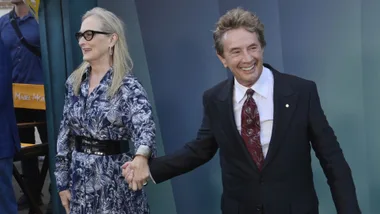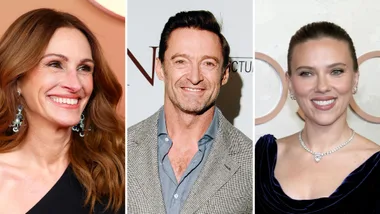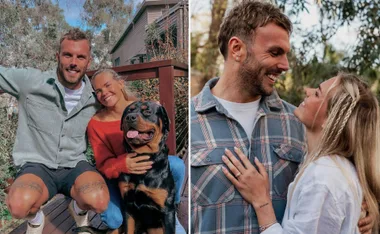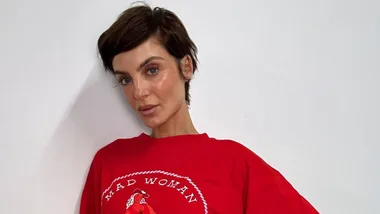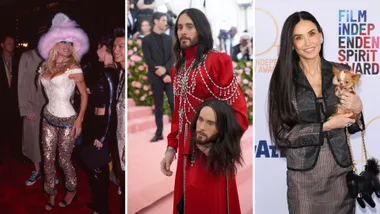This month, Bindi shows off her favourite camel.
Pick up a copy of the November issue of The Australian Women’s Weekly to read more about echidnas and see below for information on how to ask Bindi your most pressing wildlife questions.
One of the most gorgeous, loveable creatures on the face of the earth would have to be the echidna. They have very sharp spines, called quills, over their back and sides, which they use for protection against predators. When they are scared, they will curl up, leaving only their quills exposed – this is great protection from being eaten. They also have a long, pointy nose for scavenging for insects, such as ants, to eat.
Echidnas have no teeth, but they do have a long tongue for catching insects. They have black, beady eyes and their hair feels like the bristles of a broom. Found throughout Australia in forests, meadows and even the desert, echidnas breed between July and August. One month later, the mother lays just one egg inside the pouch on her tummy. Ten days later, the baby hatches and starts to lick milk from its mummy.
These guys are classed as common, but they are threatened by habitat loss (we’re cutting down trees and burning areas where they live) and are often killed by cars and pet cats and dogs.
Remember, if you see an injured echidna, please call the Australian Wildlife Hospital on 1300 369 652, or your nearest wildlife care group. If you find a dead echidna or any other animal with a pouch, please ask your parents to check inside to see if there’s a baby still alive in there.
You can visit our six gorgeous echidnas at Australia Zoo on Queensland’s Sunshine Coast at their new enclosure in Grey Roo Heaven. You can also book in for an Echidna Encounter, where you can meet our four boys and two girls.
Bindi’s television show, Bindi: The Jungle Girl, screens on ABC TV on Wednesdays at 4.05pm.
Got a question for Bindi? Post it to Ask Bindi, The Australian Women’s Weekly, GPO Box 4178, Sydney, NSW 2001 or email askbindi@acpmagazines.com.au.

